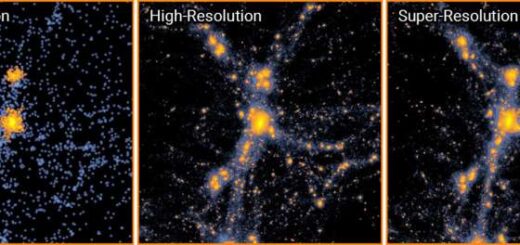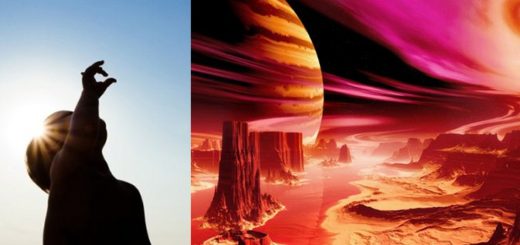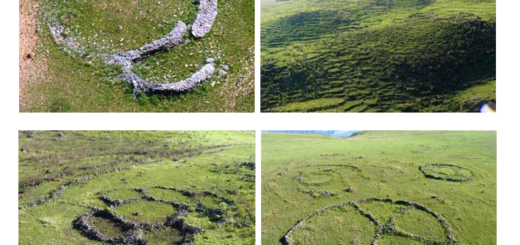How the Sun Works

When’s the last time you gazed upward and marveled at the mysterious, life-giving force that is the sun?
If you believe the whole staring-at-the-sun-makes-you-go-blind thing (which is actually true), you’re probably not doing a whole lot of sun-gazing. But it’s a real marvel: The sun warms our planet every day, provides the light by which we see and is necessary for life on Earth. It can also cause cell death and make us blind. It could fit 1.3 million Earths inside its sphere [source: SpaceDaily]. It produces poem-worthy sunsets and as much energy as 1 trillion megaton bombs every second [source: Boston Globe].
All of this, and our sun is just a plain old average star, by universal standards. It’s really just proximity that makes it so special to Earth. We wouldn’t be here if the sun weren’t so close.
So, how close is the sun? And how much space does it take to hold 1.3 million Earths? And while we’re at it:
If the sun is in the vacuum of space, how does it burn?
What keeps all that gas from leaking into space?
Why does the sun send out solar flares?
Will the sun ever stop burning? (And if so, when? And what will happen to Earth and its inhabitants?)
In this article, we’ll examine the fascinating world of our nearest star. We will look at the parts of the sun, find out how it makes light and heat, and explore its major features.
The sun has “burned” for more than 4.5 billion years. It’s a massive collection of gas, mostly hydrogen and helium. Because it is so massive, it has immense gravity, enough gravitational force to hold all of that hydrogen and helium together (and to hold all of the planets in their orbits around the sun).
We say the sun burns, but it doesn’t burn like wood burns. Instead, the sun is a gigantic nuclear reactor.



 Creators of mankind
Creators of mankind Description of “Tall white aliens”
Description of “Tall white aliens” Where they came from?
Where they came from? About hostile civilizations
About hostile civilizations The war for the Earth
The war for the Earth “Tall white aliens” about eternal life
“Tall white aliens” about eternal life Video: “Nordic aliens”
Video: “Nordic aliens” Aliens
Aliens Alien encounters
Alien encounters The aliens base
The aliens base UFO
UFO Technology UFO
Technology UFO Underground civilization
Underground civilization Ancient alien artifacts
Ancient alien artifacts Military and UFO
Military and UFO Mysteries and hypotheses
Mysteries and hypotheses Scientific facts
Scientific facts


















